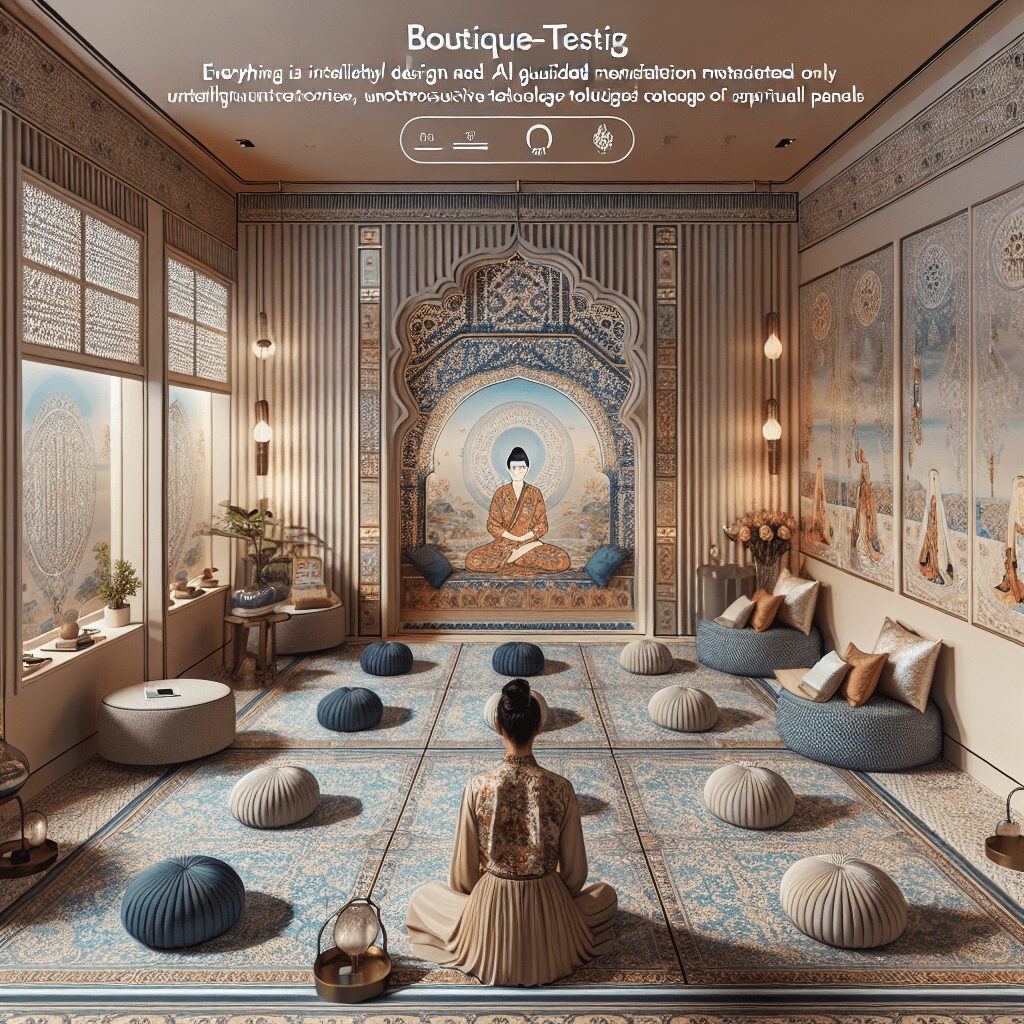
Prioritize your mental well-being daily. Enhance your life by nurturing your mental health with the Smart Meditation app. Break free from stress, alleviate anxiety, and enhance your sleep quality starting today.
How To Meditate Hindu Techniques?
Embarking on a Meditation Journey: The Hindu Way
Meditation: a practice as ancient as the oldest wisdom, weaving its way through countless cultures, yet holding a special place in the heart of Hindu philosophy. It’s an art, a science, and for many, a pathway to the inner sanctum of the self. Wondering how to navigate this profound terrain? Buckle up; you’re about to embark on a journey into the depths of Hindu meditation techniques, where peace and enlightenment are but a breath away.
The Foundation of Hindu Meditation
At its core, Hindu meditation is as diverse as the myriad deities that populate its pantheon, yet it shares a universal aim: to achieve dhyana (profound meditation) and ultimately, moksha (liberation). Whether you’re a seasoned meditator or a curious newbie, understanding the roots and wings of this practice can transform your approach.
Start with a Breath
Interestingly, breath is both the anchor and the sail in the vast ocean of Hindu meditation practices. Pranayama, or breath control, is your first port of call. It’s not rocket science, but it’s definitely mind science! Here’s a quick primer: Sit in a comfortable position – cross-legged or on a chair, spine erect, shoulders relaxed. Observe your breath, don’t manipulate it just yet. Feel its natural rhythm. Gradually transition to deeper, slower breaths. Inhale deeply, hold for a few seconds, exhale slowly. Rinse and repeat.
Mantra Magic
Ever heard of the “Om”? It’s not just any sound; it’s the universe encapsulating itself in a single vibration. Mantra meditation involves the repetition of sacred words or phrases (mantras) to achieve focus and enter a deeper state of meditation. “Om” is the most renowned, but there are countless others. Choose one that resonates with you or stick to the universal hum of “Om”.
Beyond Basics: Delving Deeper
Alright, you’ve got the basics down pat. But, as they say, “why stop at the appetizer when there’s a whole feast to enjoy?” Let’s delve into some techniques that take things a notch higher.
Visualization Techniques
Sakshi Bhavana, or the witness attitude, encourages you to visualize yourself as an observer of your thoughts, letting them pass like clouds in the sky. This technique fosters detachment and a deeper understanding of the self.
Chakra Meditation
Chakras, the energy centers within your body, can be powerful focal points for meditation. Focusing on these can help unblock energy pathways, leading to emotional, physical, and spiritual well-being.
Yogic Postures (Asanas)
Though not a meditation technique per se, incorporating asanas or yogic postures into your practice can enhance your meditation. Certain postures like Padmasana (Lotus Position) are designed to promote stability and ease during meditation, making it a more grounded experience.
Journeying within through Yoga Nidra
Yoga Nidra, or “yogic sleep,” is a state of consciousness between waking and sleeping. It’s a deep relaxation technique that can be explored as a form of meditation to delve into the subconscious and induce profound changes in the mind and body.
Wrapping it Up
Let’s face it; the realm of Hindu meditation is as vast as the ocean. We’ve merely dipped our toes in its munificent waters. The true essence lies in practice, patience, and persistence. Remember, it’s not about perfection; it’s about progression. Start where you are, use what you have, do what you can. Who knows? This might just be the voyage that leads you to your inner universe, unveiling treasures of peace, wisdom, and bliss.
So there you have it, explorers of the mind. Your map to navigating the sacred waters of Hindu meditation. The journey may be long, sometimes challenging, but oh, the destinations you’ll reach! Peace out and happy meditating!





